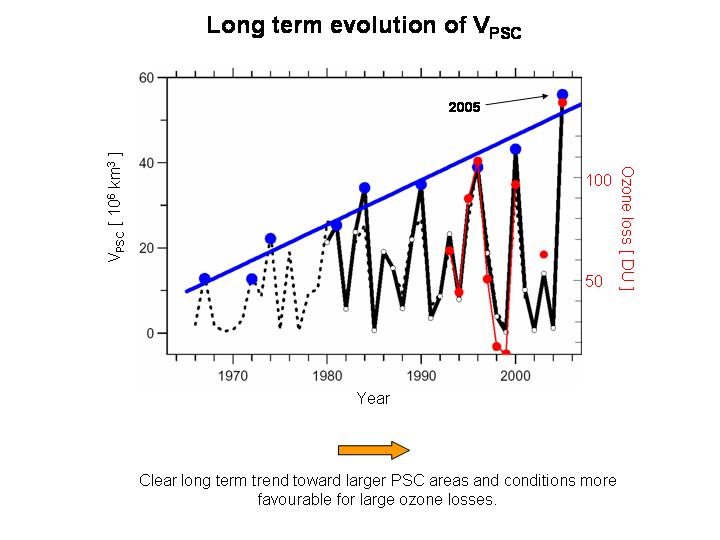Guest contribution by James Annan of FRCGC/JAMSTEC.
“The more unpredictable the world, the more we rely on predictions” (Steve Rivkin). The uncertainty of an unknown future imposes costs and risks on us in many areas of life. A cereal-growing farmer risks a big financial loss if the price of grain is low at harvest time, and a livestock farmer may not be able to afford to feed his herd if the price of grain goes up. One way to reduce the risk is to hedge against it in a futures market. The two farmers can enter a forward contract, for one to deliver a set quantity of grain to the other for a fixed price at a future date. And indeed farmers do routinely use futures contracts to reduce their risks.



